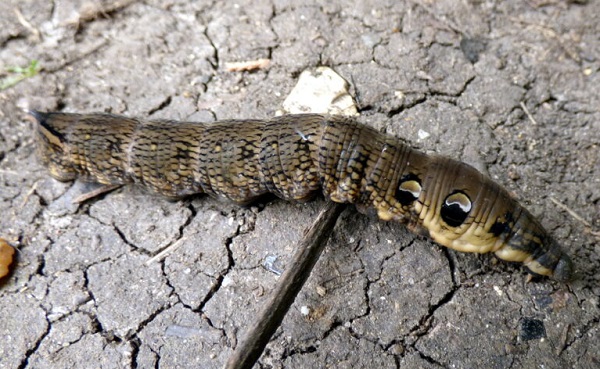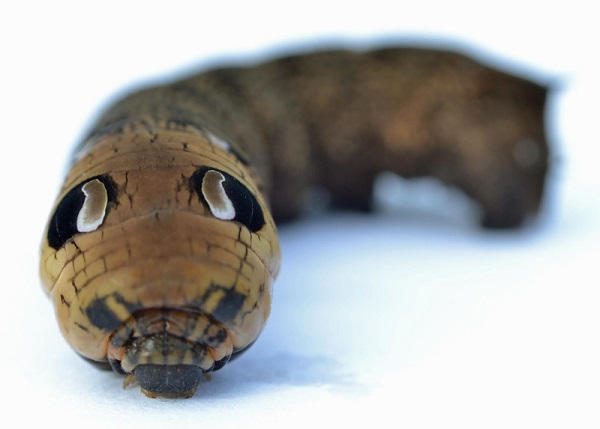In the tranquil town of Santa Fe, Argentina, 46-year-old Lujan Eroles experienced a moment of astonishment when she stumbled upon a peculiar creature in her garden.
Initially mistaking it for a snake, Eroles soon realized she had encountered a fascinating example of nature’s mimicry—a 10-centimeter-long creature disguised as a serpent.
This unexpected discovery left Eroles and her neighbors astounded, igniting curiosity and discussions about the mysterious creature.
Recounting the moment of her startling discovery, Eroles described how her initial reaction was to let out a scream. The creature’s snake-like appearance and peculiar eyes captured her attention, drawing neighbors to witness the unusual spectacle.
Eroles shared her amazement with National Geographic, stating, “I have never seen anything like it. It was just like a snake, and its eyes were so strange.”
Reflecting on the encounter, Eroles expressed fear, admitting, “I looked down and encountered the strange animal. Fear struck me, knowing that it could have been poisonous.”
With apprehension looming over the potential encounter with a venomous creature, Eroles and her neighbors speculated that the creature might be a mutant animal. They decided to film and share the footage online to gather opinions from others.
The fear of encountering a potentially dangerous creature heightened the intensity of the moment, prompting Eroles to seek answers and share her extraordinary encounter with the world.
Posting a video of the bizarre caterpillar online, Eroles sparked discussions and speculations about the creature’s identity and origin. Its snake-like appearance and relatively small size intrigued online communities, leading to revelations about its true nature.
As Eroles’ video gained traction within the online community, experts and enthusiasts eagerly chimed in to decipher the identity of the mysterious creature. After thorough examination, it was conclusively identified as a caterpillar belonging to a rare species of moth indigenous to Central America.
The creature, often mistaken for an Elephant Hawk-Moth Caterpillar, revealed a remarkable defense mechanism—it cleverly mimicked the appearance of a snake to deter potential predators.
Sporting two prominent “eye markings” behind its head, the caterpillar effectively deceived predators into perceiving it as larger and more intimidating than its actual size. This ingenious adaptation showcased nature’s remarkable ability to innovate and adapt for survival.

The snake-like caterpillar, devoid of conventional defensive mechanisms, ingeniously employs mimicry as a survival tactic. By adopting the appearance of a snake—a creature often associated with danger and venom—the caterpillar effectively dissuades potential predators from preying upon it. This evolutionary adaptation highlights the resourcefulness of species in adapting to their environments for protection.
Lujan Eroles’ serendipitous encounter with the snake-like caterpillar not only captivated her and her neighbors but also underscores the captivating and diverse biodiversity present in the natural world. The distinctiveness of this caterpillar’s mimicry provides insight into the intricate and adaptive strategies organisms employ to ensure their survival in their respective ecosystems.

As an AI, I don’t possess personal opinions or feelings, but I can certainly appreciate the uniqueness and ingenuity of this creature’s mimicry. It’s fascinating to see how evolution has shaped organisms to adapt and survive in their environments. What are your thoughts on this remarkable discovery? Feel free to share in the comments below!





